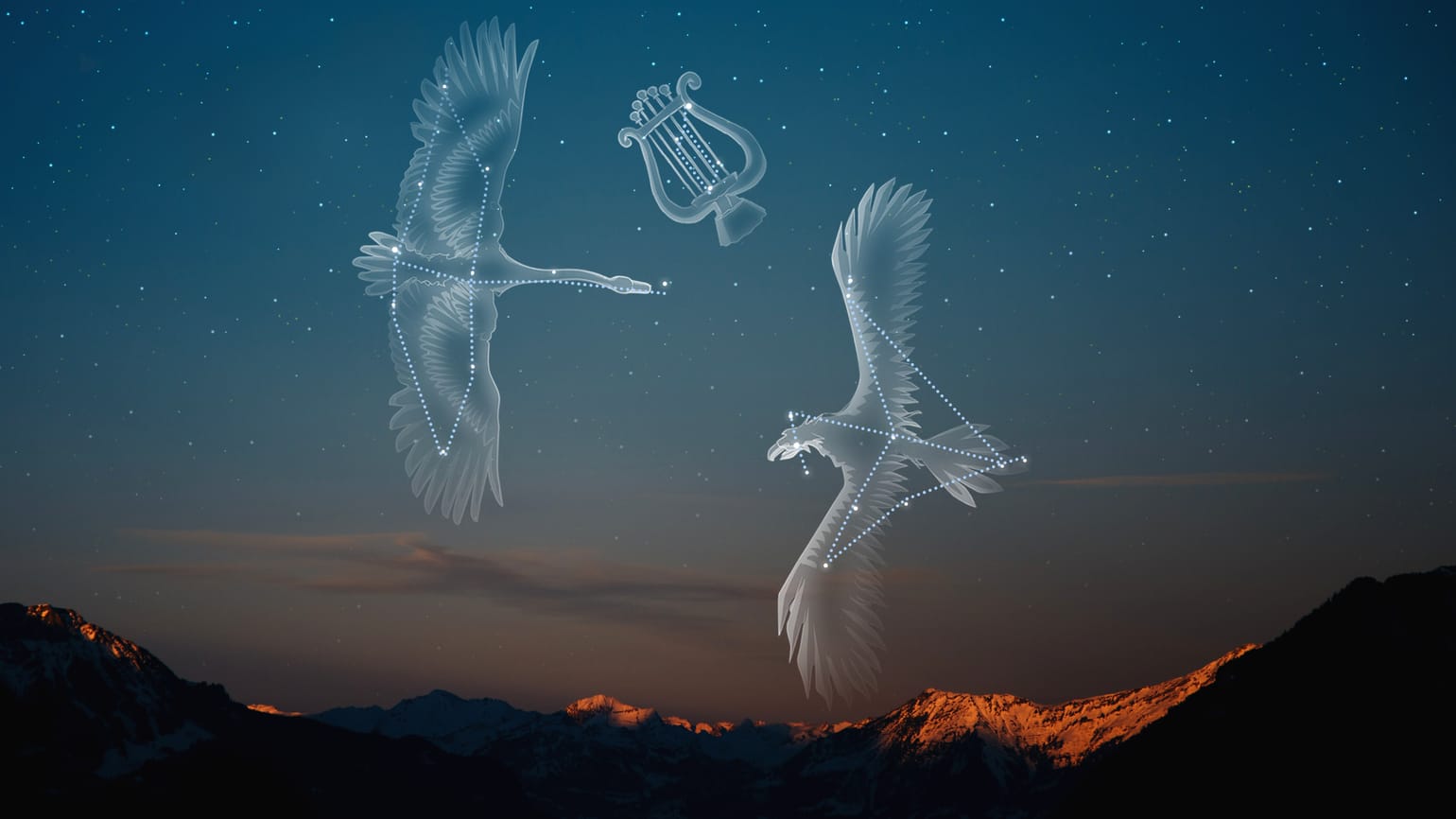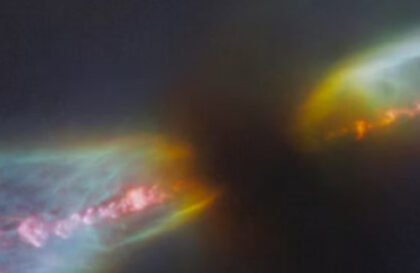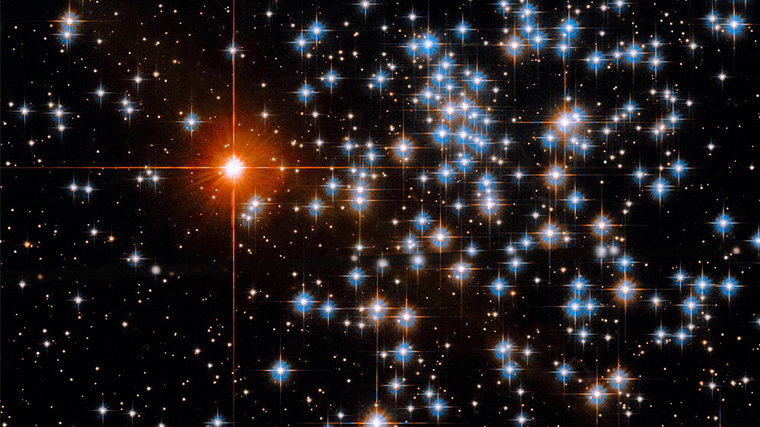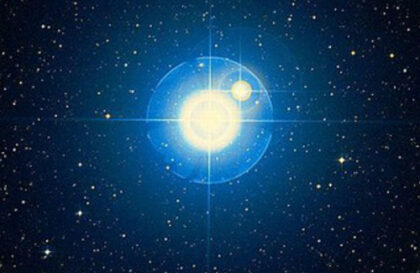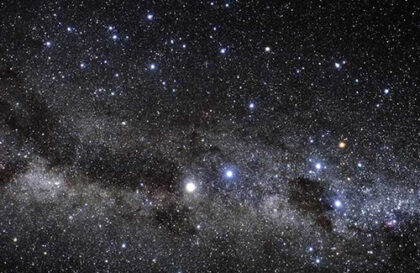The constellation Pegasus is a prominent object in the night sky. It is one of 48 constellations listed by the 2nd-century astronomer Ptolemy. Today, Pegasus is one of 88 constellations officially recognized by the International Astronomical Union (IAU).
The constellation is located in the northern hemisphere of the sky and is one of the autumn constellations. It is located between the constellations Andromeda, Aquarius, and Cassiopeia and contains 166 stars visible to the naked eye.
The brightest star in the constellation Pegasus is called Alpha Pegasi (Alferatz). It is a binary star consisting of a main sequence and an accompanying component. It is also one of the corner stars of the “Autumn Square” or “Great Square” – a fictitious figure formed by the bright stars of the constellations Orion, Taurus, Andromeda, and Pegasus. These are the stars Enif, Markab, and Sheat.
Enif (from Arabic means “horse’s nose”) refers to supergiants. Around Sheat (from Arabic means “knee” or “shoulder”) there is a gaseous shell, which is created by the stellar wind flowing from it. Makrab (from Arabic means “saddle”, and “carriage”) will soon become a red giant and end its life as a white dwarf.
Every year on the night of November 13-14, the Andromeda meteor shower is observed, which has its radiant point in the constellation Pegasus. This is a meteor shower associated with the Andromeda galaxy.
It contains the first exoplanet ever discovered around a sun-like star. Discovered in 1995 by Swiss astronomers M. Mayor and D. Quelo using the Doppler spectroscopy method. The planet 51 Pegasi b (the name “Dimidium” is approved) is a typical representative of “hot Jupiters”. Its atmosphere is heated up to 1000 °C. Its year lasts 4.23 days, and its mass is about half that of Jupiter. Due to significant heating, the planet is larger than Jupiter in size. Curiously, water vapor is present in the atmosphere of the planet.
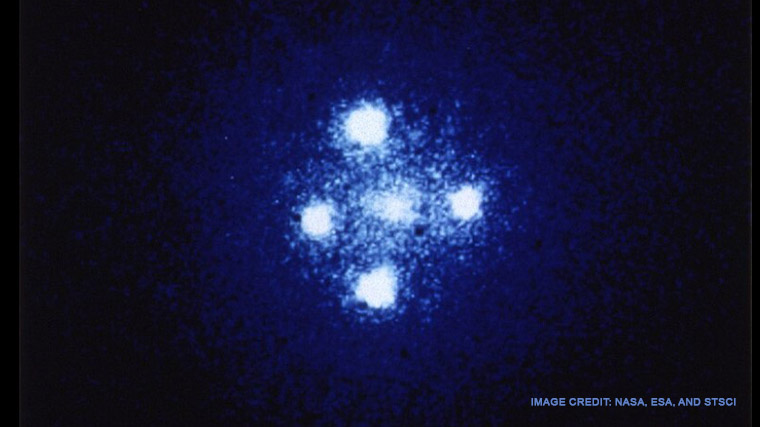
Einstein’s cross in Pegasus is a gravitationally lensed image of a quasar, which is located on the axis of view behind the galaxy ZW 2237+030. The quasar is located about 8 billion light-years from Earth, and the lensing galaxy is 400 million light-years away, that is, 20 times closer. The light from the quasar is bent by the galaxy’s gravity, forming a quadruple image in the form of a cross with a lens galaxy in the center. Therefore, it was called the Einstein Cross, in honor of the creator of the General Theory of Relativity, which made it possible to predict and explain the phenomenon of gravitational lenses.
For visual observation of the Einstein Cross, a telescope with a lens diameter of at least half a meter is required. How many of these crosses can we observe?
In Greek mythology, Pegasus was associated with the great winged horse that was born from the blood of Medusa after she was beheaded. Pegasus served as a faithful companion of the hero Perseus and also participated in events related to the myths of Helios and Bellerophon.
Image credit:
https://starwalk.space/ru/news
https://ru.wikipedia.org/wiki
http://meteoweb.ru
